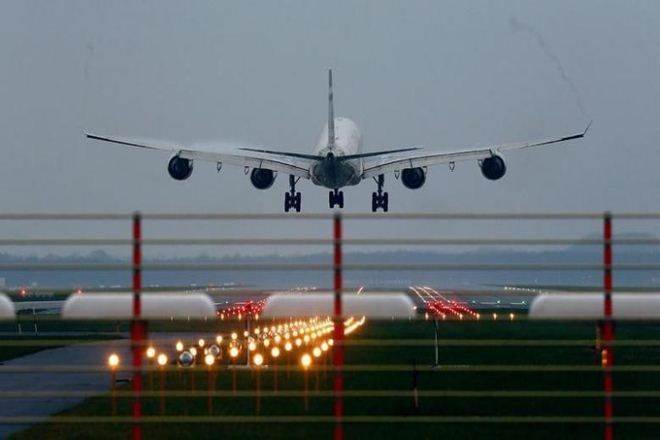4 March 2020
By SK Sayal
In the Delhi Aerocity — as also in global counterparts such as DIFC, Dubai; KLIA, Kuala Lumpur; Canary Wharf, London; or Beijing CBD — the road, metro train and heterogeneous commute options are bringing the new CBD within easy reach of the traveller

In modern cities, business districts form a vital and essential part of their entire being. In much the same way, airports and transit hubs here also play the core part in imparting an appeal for both business and for tourism in these cities.
With airports playing an increasingly important role as economic accelerators, it may be, therefore, not an exaggeration to say that the centre of gravity of modern cities’ business is undergoing a sure and directed shift towards aerocities—essentially an urban plan in which the layout, infrastructure and economy is centred on an airport.
Therefore, aerocities can be regarded as the 21st century’s new urban-development paradigm.
Let us first try and understand clearly the accessibility part of the aerocity-CBD (central business district) equation. An important factor determining the viability and appeal of an aerocity is its degree of integration with the city it supports. While proximity to airports has been an essential part of any development which aids the travellers and transit populations, the factor that has not been given enough consideration until now is the degree of integration of an aerocity with its host city.
Transportation modes enable this to happen more effectively than any other factor. With around 66 million passengers using the Delhi airport during FY2017-18, in the Delhi Aerocity—much like its global counterparts such as the DIFC, Dubai; KLIA, Kuala Lumpur; Canary Wharf, London; or Beijing CBD—the road, metro train and heterogeneous commute options are bringing the new CBD within easy reach of the traveller, the shopper and the office-goer.
In Delhi, for example, with improved road connectivity, the Aerocity is within 30 minutes of commute from practically every corner of Delhi, and the national highway next to the Delhi airport provides easy national and interstate access.
The second factor that has led to the emerging centrality of an aeropolis (or an aerocity) is the infrastructure development both within and around it. Here, let’s look at the KLIA Aeropolis in Malaysia’s Kuala Lumpur.
Spanning more than 100 sq-km of aviation, business and leisure space, the KLIA Aeropolis is a stellar example of a well-developed aerocity. It has three clusters—air cargo and logistics; aerospace and aviation; and meetings, incentives, conferencing, exhibitions (MICE), including leisure.
Similarly, the Delhi Aerocity has three distinct districts—the Downtown, the Hospitality and the Gateway, each with a unique and complementing infrastructure tuned to a specific ecosystem. Dubai constructed the Festival City just one mile from the airport, with housing for 100,000 residents, schools, malls and a marina. This new CBD draws its share of commerce through the Dubai International Airport.
Clearly, there is a robust intra-aerocity mobility solution with modern aerocities, which makes for an extremely convenient and user-friendly infrastructure. Add to this, the various features and amenities such as multi-layered safety and security provisions, water and electricity fail-safes, cleanliness and greenery provisions, etc, and an aerocity’s appeal as the new standard in CBDs becomes that much more apparent.
Strategically-located, intelligently-designed, and equipped with technology-driven facilities, it is no wonder that the Delhi Aerocity is the newest bustling centre of commerce, premium retail and F&B (food and beverage services).
A similar integrated aerocity set-up like Delhi is also there in the cities of Adelaide, Memphis, Seoul, Istanbul and Dallas Fort Worth. With a suitably aligned and supporting infrastructure, an integrated aerocity can grow into an attractive and bustling CBD with an unsurpassable appeal—an unbeatable combination of positioning and business leverage for both global businesses and quality brands.
The author is CEO & MD, Bharti Realty Ltd
Source: www.financialexpress.com
Site Search
Did you find what you are looking for? Try out the enhanced Google Search: